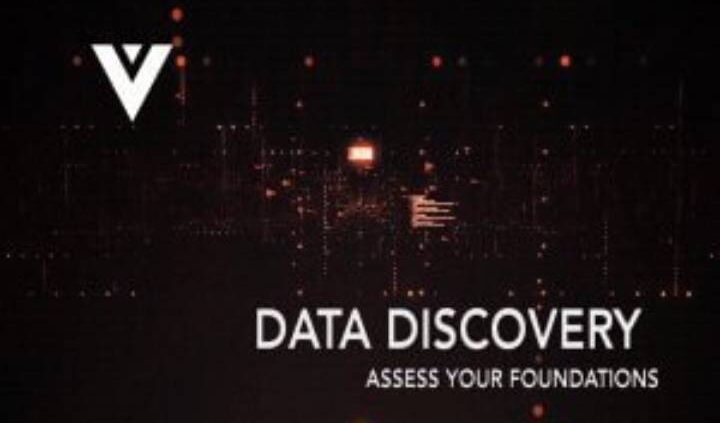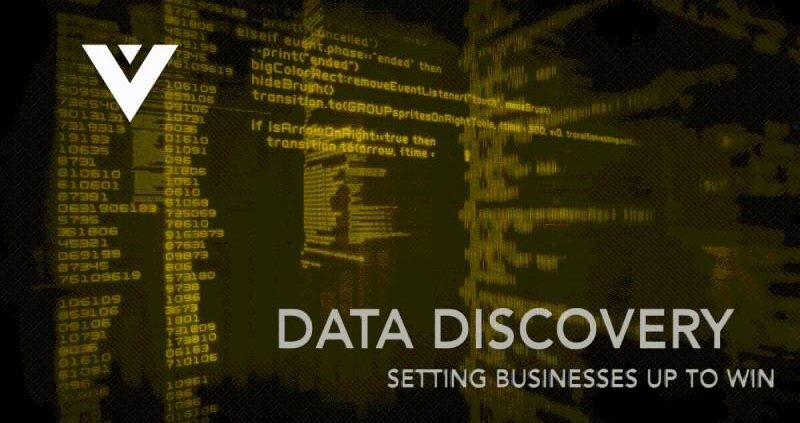Navigating the Intersection of Sustainable AI and Real-World Implementation: Challenges and Considerations
In the realm of sustainable AI, there is a growing emphasis on utilizing artificial intelligence to advance sustainable objectives. Recently, I participated in a conference hosted by Responsible AI UK (RAi UK) Responsible Ai UK and UK Research and Innovation (UKRI) UK Research and Innovation , which delved into the application of AI to facilitate the attainment of net zero goals in the UK. The discussions showcased intriguing initiatives led by researchers, ranging from leveraging AI to rejuvenate ecosystems by identifying optimal tree species based on environmental factors like soil quality and climate, to employing AI for carbon capture and storage and enhancing the energy efficiency of vehicles.
In light of these challenges, the following paragraphs reflect the personal perspective on the complexities surrounding energy efficiency in AI development and the trade-offs between accuracy and sustainability. While innovative ideas abound, a significant hurdle lies in bridging the gap between theoretical models and practical implementation in real-world scenarios.
Many AI projects encounter challenges in transitioning from development to market or public deployment due to the inherent limitations of models in fully capturing the complexities of their operational environments. Moreover, from a sustainability perspective, the computational demands of complex models for data generation, training, and operation pose significant energy consumption concerns, particularly in the absence of readily available data. Some argue that researchers should quantify the energy costs associated with developing, deploying, and operating AI models—a consideration that extends to all organizations involved in AI system development and deployment. However, measuring energy consumption accurately remains a formidable task, exacerbated by the reliance on cloud infrastructure. While cloud providers could offer insights into energy consumption at the instance or virtual CPU level, the feasibility and business benefits of such endeavors remain uncertain. Furthermore, many organizations engaged in AI development lack the incentive to prioritize energy efficiency in their operations.
Suggestions have been made to adopt energy-efficient algorithms or less power-intensive models; however, these proposals often overlook the profit-driven nature of most organizations and the inherent trade-off between energy efficiency and model accuracy. Balancing energy efficiency with accuracy necessitates a case-by-case evaluation aligned with the specific needs and goals of each business or adopter. Ultimately, the success of sustainable AI initiatives hinges on their alignment with the operational standards and business practices of organizations. The value of an AI system and its associated services lies in their ability to integrate seamlessly with an organization’s existing frameworks and operational norms.









